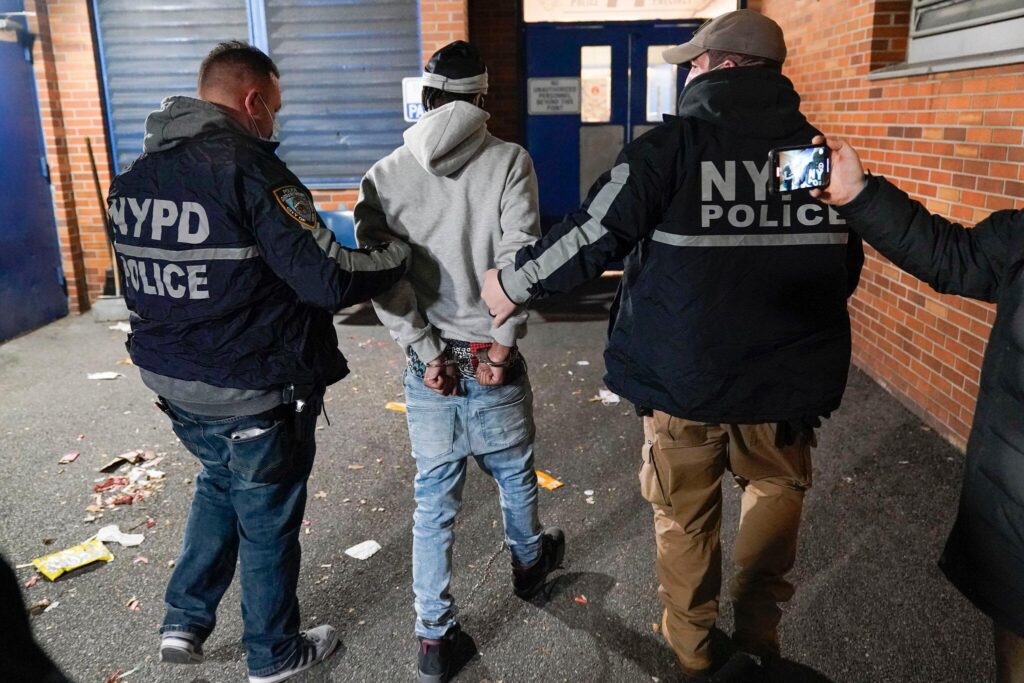Addressing Gang Violence in New York City: A Comprehensive Approach to Public Safety
New York City continues to face significant challenges from gang-related violence, prompting urgent demands for a strategic and vigorous response from law enforcement agencies. Central to this effort is the New York Police Department (NYPD), whose role is pivotal in combating gang activity that endangers the safety and quality of life in neighborhoods throughout the city’s five boroughs. As crime patterns evolve and community concerns grow, it is essential to empower the NYPD with the necessary tools and support to effectively dismantle gang networks, enabling New Yorkers to reclaim their streets and restore peace.
Understanding Gang Violence: The NYPD’s Unique Position
Effectively tackling gang violence in New York requires a deep, localized understanding that the NYPD uniquely possesses. Unlike external or federal agencies, the NYPD benefits from intimate knowledge of the city’s diverse communities, their social dynamics, and the underlying economic and cultural factors that contribute to gang proliferation. The department’s specialized gang units, combined with community policing efforts and real-time intelligence operations, demonstrate a commitment to preempting violent outbreaks and fostering safer neighborhoods for residents and businesses alike.
Beyond conventional policing, the NYPD employs a multifaceted strategy that includes:
- Engagement initiatives designed to build trust and cooperation between officers and community members.
- Partnerships with social service organizations aimed at addressing the socioeconomic roots of gang involvement.
- Advanced crime analytics to strategically deploy resources where they are most needed.
| Initiative | Results |
|---|---|
| Specialized Gang Task Forces | 50% decrease in violent crimes in focus zones |
| Community Engagement Programs | 35% rise in citizen cooperation and reporting |
| Youth Prevention and Education | 30% reduction in new gang recruitments |
These combined efforts highlight the necessity of a law enforcement body deeply embedded in the local context, ensuring that interventions are both immediate and sustainable over time.
Enhancing NYPD’s Capabilities Through Technology and Resources
To effectively counter gang-related crime, the NYPD must receive substantial upgrades in both manpower and technological assets. Increasing patrol presence in high-risk areas, deploying cutting-edge surveillance technologies, and expanding cybercrime units are critical steps toward disrupting gang operations. A well-equipped and adequately funded police force can deter criminal activity more effectively and respond with greater speed and accuracy, thereby enhancing public safety citywide.
Equally important is the advancement of intelligence capabilities. This involves investing in sophisticated data analytics platforms, improving communication channels between local and federal agencies, and strengthening community partnerships to facilitate the flow of actionable information. The table below outlines key focus areas for resource investment and their anticipated benefits:
| Focus Area | Objective | Expected Benefit |
|---|---|---|
| Data Analytics | Implement predictive policing and real-time crime tracking | Enable proactive crime prevention and rapid response |
| Inter-agency Coordination | Enhance intelligence sharing with federal and local partners | Comprehensive threat identification and mitigation |
| Community Intelligence | Develop anonymous tip lines and neighborhood liaison programs | Build trust and improve quality of intelligence |
Fostering Community Partnerships to Amplify Policing Efforts
Reducing gang violence extends beyond policing—it requires a collaborative alliance between the NYPD and the communities it serves. Residents, local businesses, and civic organizations are vital contributors to crime prevention, offering valuable insights and fostering an environment hostile to criminal enterprises. Programs such as neighborhood watch groups, community patrols, and public safety forums have proven effective in bridging the divide between law enforcement and citizens.
Key elements to strengthen this partnership include:
- Maintaining open, transparent communication channels to build mutual trust.
- Hosting community-led educational sessions to raise awareness about gang prevention.
- Engaging youth through collaborative programs to deter gang recruitment.
- Utilizing technology platforms for real-time crime reporting and rapid police response.
| Community Initiative | Impact |
|---|---|
| Neighborhood Watch Programs | Heightened vigilance and reduction in minor offenses |
| Youth Engagement Activities | Decreased rates of gang enlistment |
| Public Safety Education | Improved community awareness and resilience |
| Police-Community Events | Strengthened relationships and cooperation |
Strategic Policy Recommendations for Long-Term Crime Reduction
Ensuring enduring safety in New York City demands that law enforcement agencies be equipped with both innovative technology and community-centered approaches. Allocating increased funding toward intelligence-led policing will empower the NYPD to anticipate and prevent gang violence through targeted investigations and interventions. Moreover, reinforcing partnerships with local organizations will enhance trust and communication, making neighborhoods more resistant to criminal influence. Recommended policy priorities include:
- Investment in advanced data analytics: Deploy precinct-level tools to identify crime trends and forecast gang activity.
- Expansion of community liaison roles: Assign officers dedicated to neighborhood engagement and intelligence gathering.
- Development of youth-focused programs: Collaborate with educational institutions and nonprofits to divert at-risk youth from gang involvement.
Optimizing resource distribution is essential, balancing visible patrols that deter crime with covert operations that disrupt gang networks. The following table compares current budget allocations with proposed adjustments to maximize impact:
| Budget Category | Current Allocation | Proposed Allocation |
|---|---|---|
| Community Policing | 22% | 32% |
| Technology & Analytics | 18% | 28% |
| Undercover Operations | 38% | 28% |
| Youth Programs | 12% | 15% |
| Training & Development | 10% | 7% |
Final Thoughts
Confronting gang violence in New York City demands a concerted and well-supported effort from the NYPD, complemented by active community involvement and forward-thinking policies. While social programs addressing the root causes of gang affiliation are vital, the immediate threat posed by gangs requires a focused, empowered law enforcement response. By trusting and equipping the NYPD to lead this charge, New York can move toward a future where neighborhoods are safe, residents live without fear, and the city thrives as a vibrant, secure metropolis.













